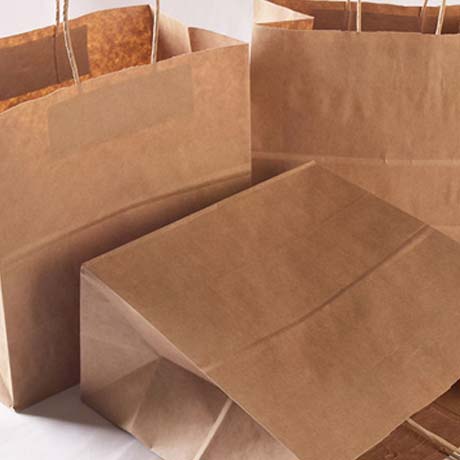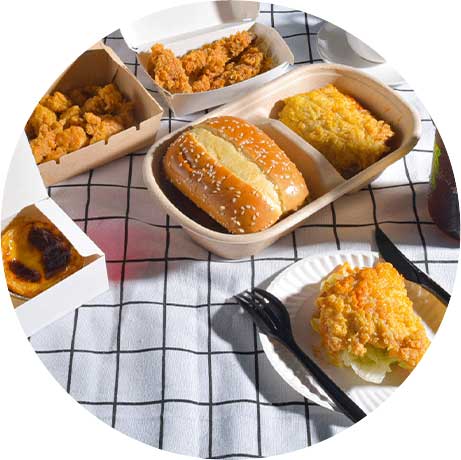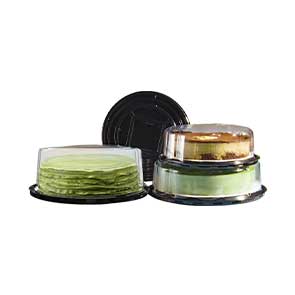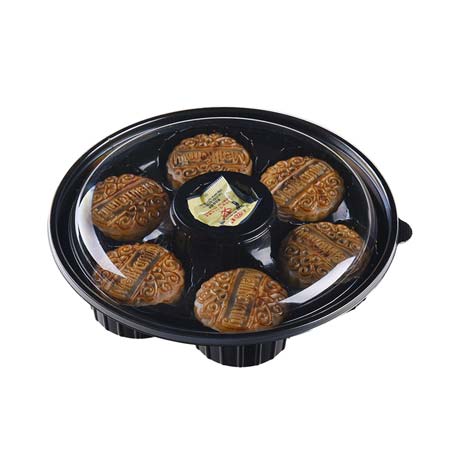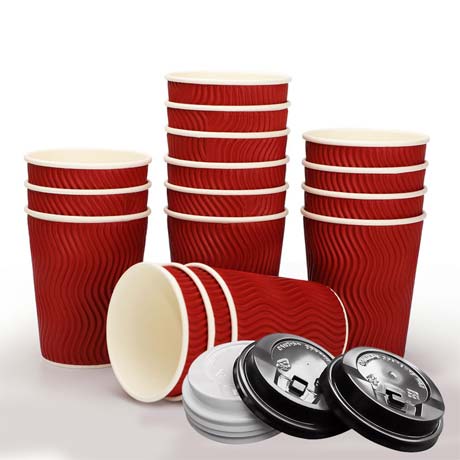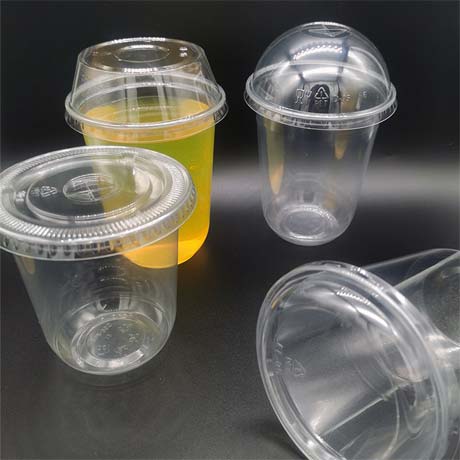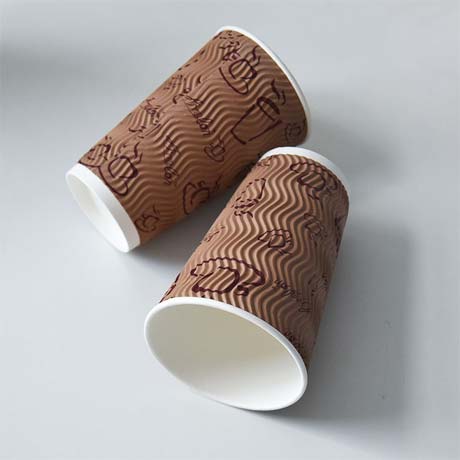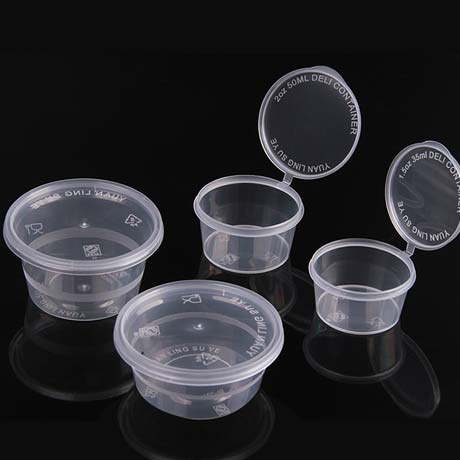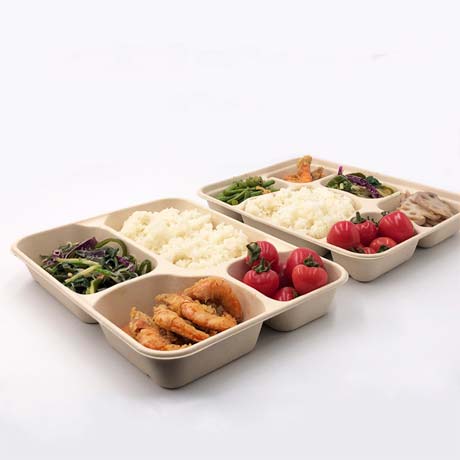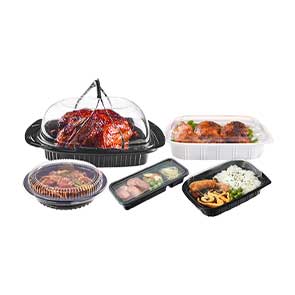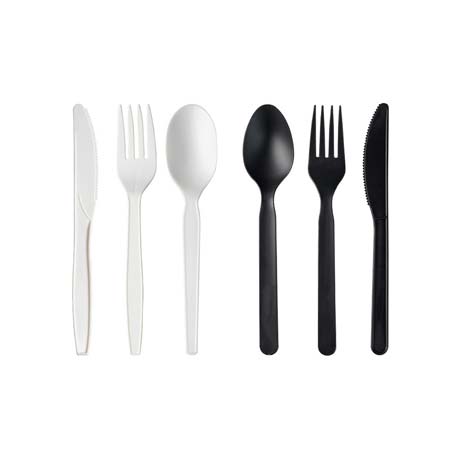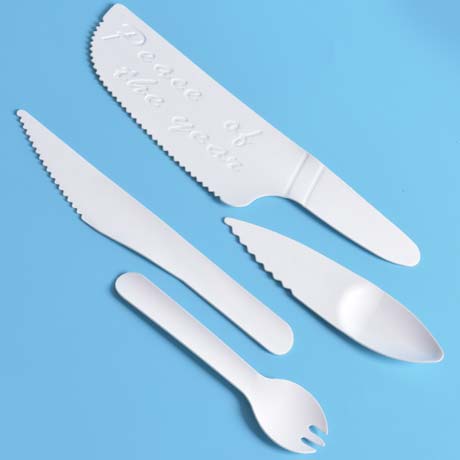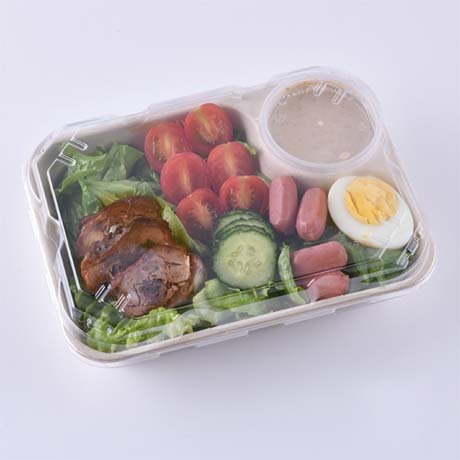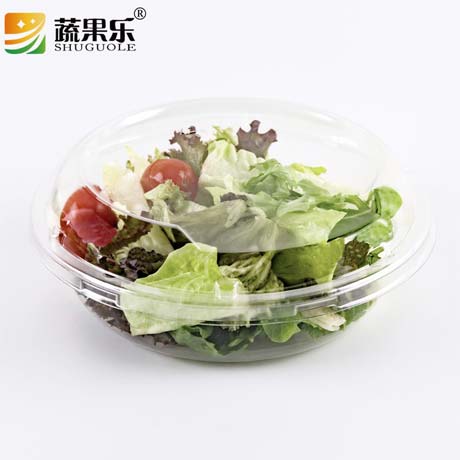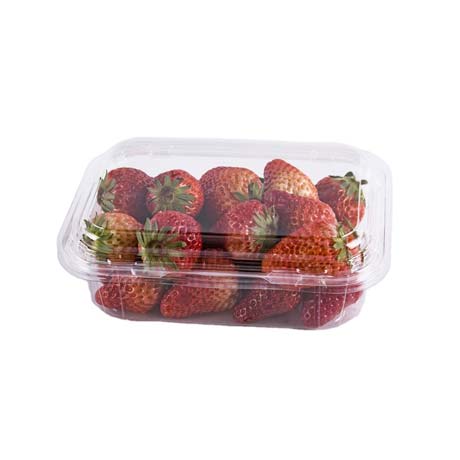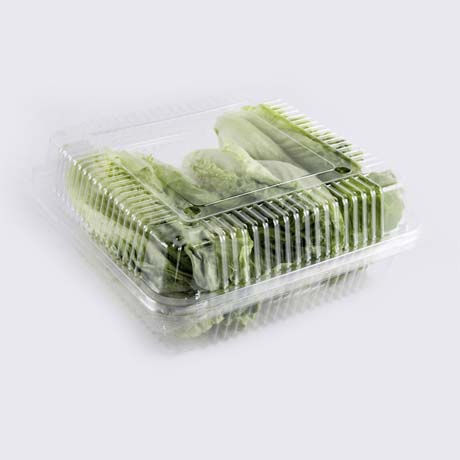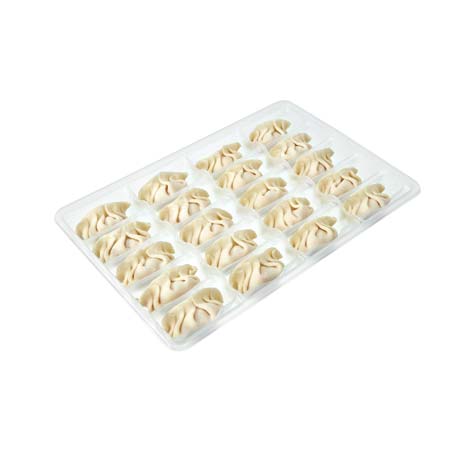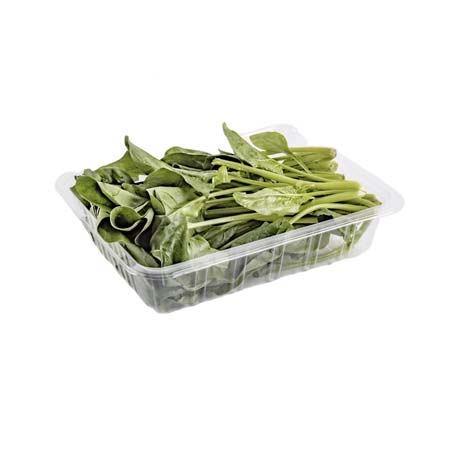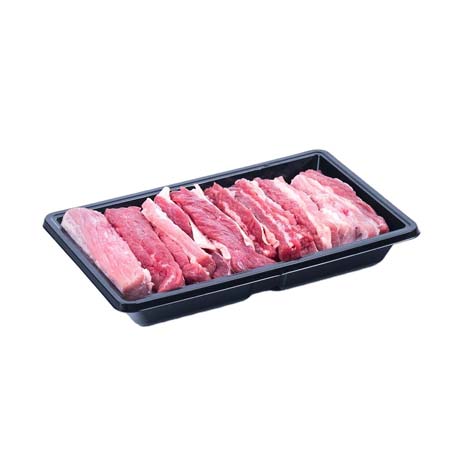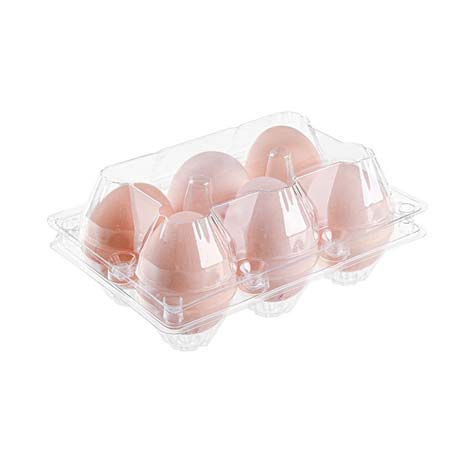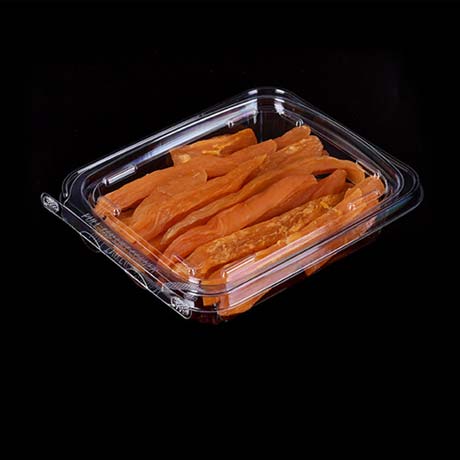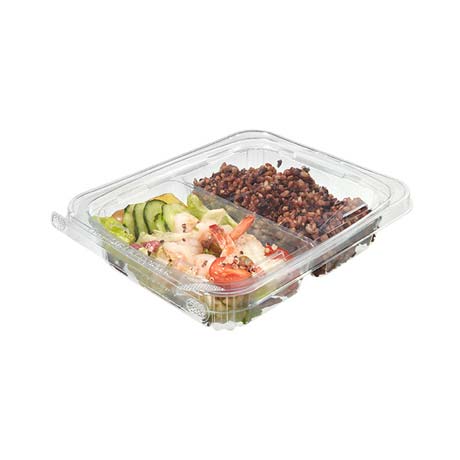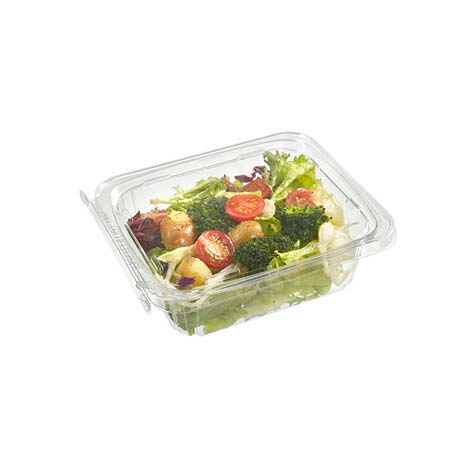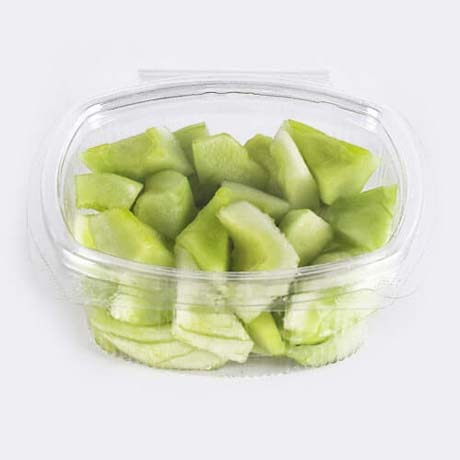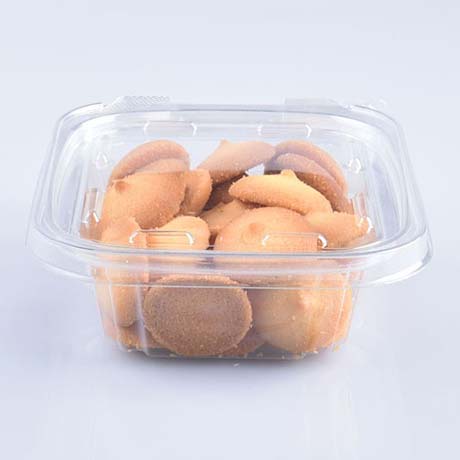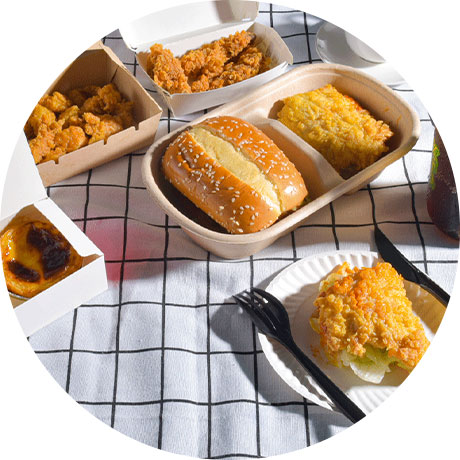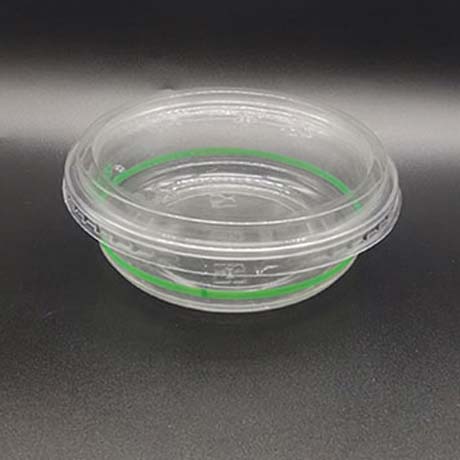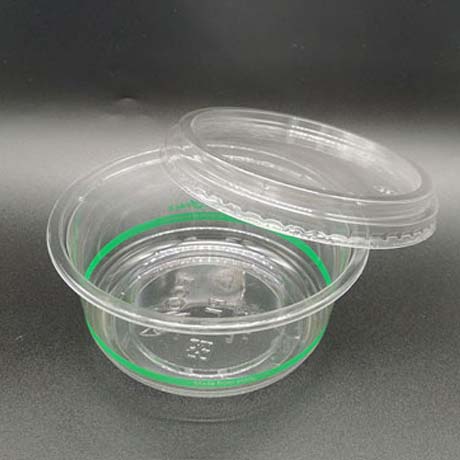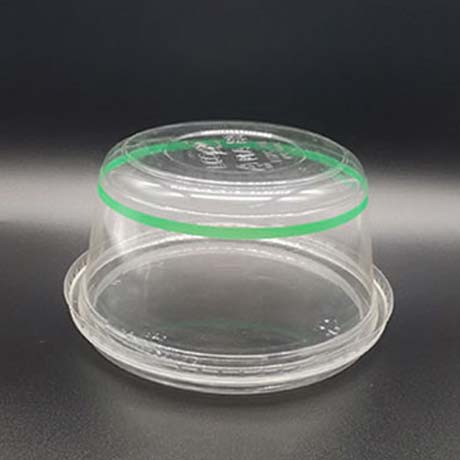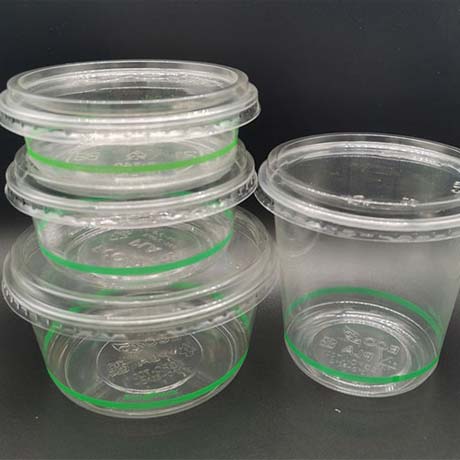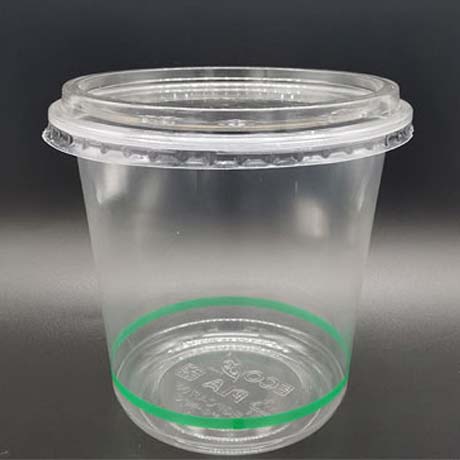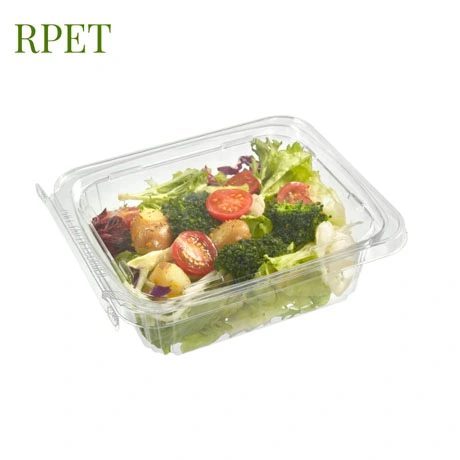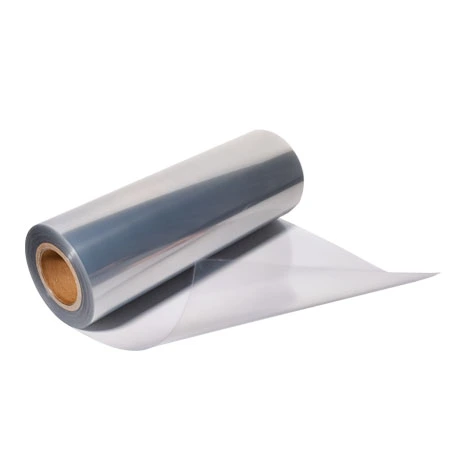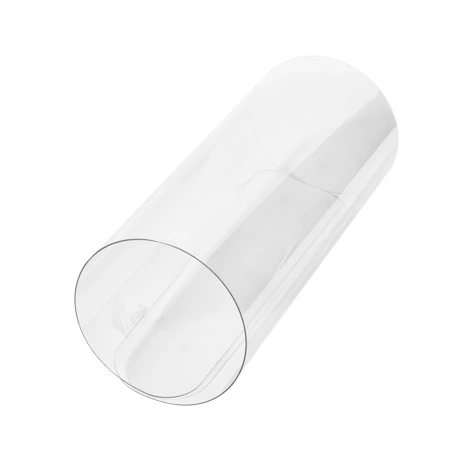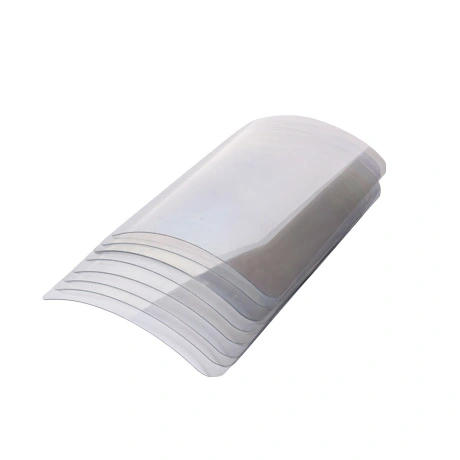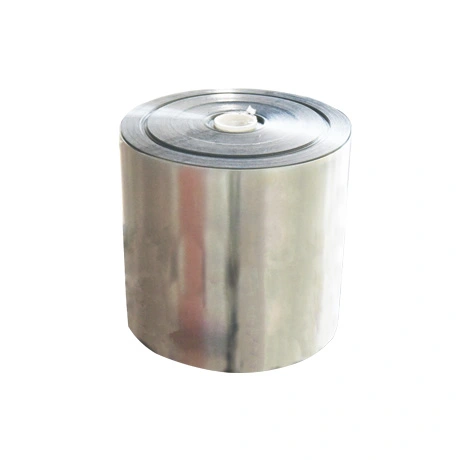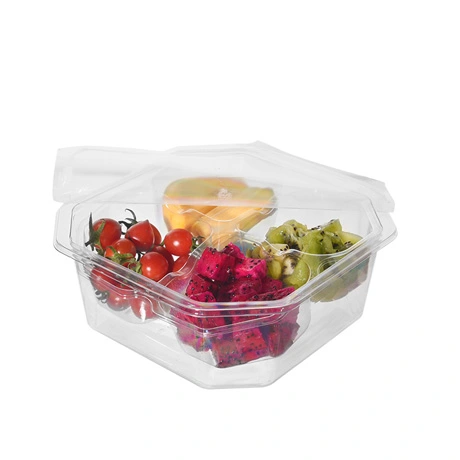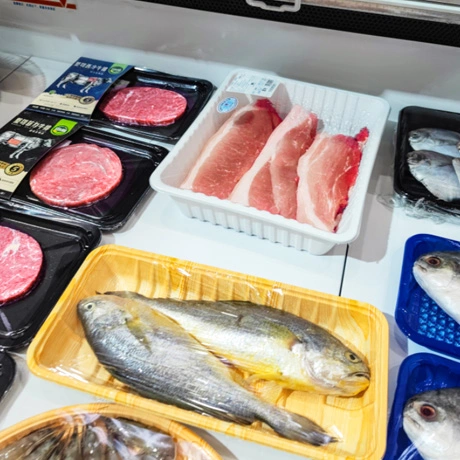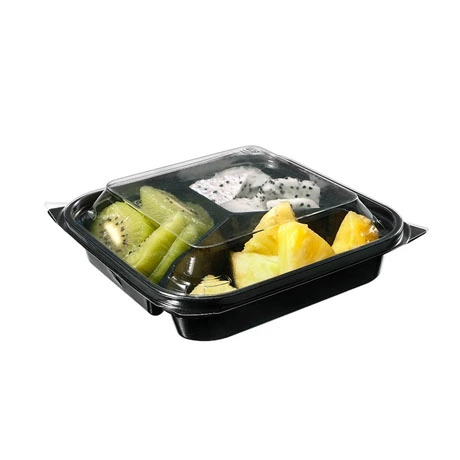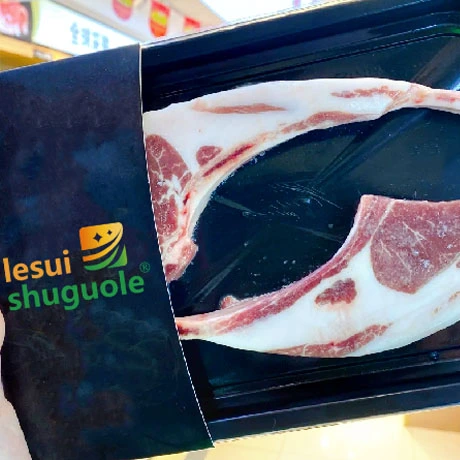How to Choose the Best Fast Food Container for Your Store
In the fast-paced world of the food business, packaging serves greater purposes than just holding the food; it also provides a mark of your brand, enhances the customer experience, and can be a factor in customers returning or using your services.
For operators of quick-service restaurants or takeaway businesses, knowing how to choose the best fast food containers for their stores is important for growth.
This guide will take you through all the parameters of selection, ranging from temperature and stress resistance to container sustainability, brand bearing, and promotional value.
Additionally, this article will help you to put many advanced managers and business owners. It is especially for those aiming to work with suppliers like LESUI and other suppliers to adjust their foresighting decisions with manageable changes presented by industry research.
How to Choose the Best Fast Food Containers for Your Store
1. Check The Type Of Food You Are Offering
Assessing the menu options is the first step. When you think of particular food products, remember the following packages per item:
Crisper items such as sandwiches and burgers require Kraft wraps or grease proof paper boxes.
Soups and sauces require containers with tightly sealed, leak-proof lids.
To keep them warm, hot foods will require heat-insulated packaging.
Protective containers prevent temperature-sensitive food like noodles from collapsing while retaining the contained structure.
What type of container should be used to store the product? The answer depends completely on the temperature, texture, and moisture content of the specific food. Something as simple as choosing the wrong container can spoil the food's look and affect its flavor.
2. Learn the Different Types of Packaging Materials
Every material has unique pros and cons. Let us analyze them here:
Paperboard/Kraft Paper
It is biodegradable and great for branding.
Suitable for moderately greasy or dry food products.
Good for the environment.
Custom logos can be printed on it.
Not suitable for items that are hot or wet without coating.
Plastic (PET, PP)
Suitable for cold or liquid foods that require durable and see-through packaging.
Good for food that needs to be microwaved or packed in leak-proof containers.
Only environmentally friendly if recyclable.
Bagasse (Sugarcane Pulp)
Suitable for solid and semi-liquid food, fully compostable, and microwavable. Good for the environment.
It can handle heat.
Good for both solid and semi-liquid foods.
Not capable of retaining heat like plastic.
Aluminum Foil
Best material for hot food delivery.
Durable and stays leak-proof.
Not easy to recycle in some areas, so it is less environmentally friendly.
What is the best material for a food storage container? Using bagasse or food-grade paperboard is highly recommended as they’re environmentally friendly and heat resistant. But the best material highly depends on the food type and customer requirements.
Which material is popularly used to make food containers? The paper-based and plastic food containers are still the most popular because they are affordable, readily available, and multifunctional.
3. Consider Functional Features
Easy-to-use fast food containers have to do much more than just hold food. Additional features should include:
Leak-proof delivery.
Caps or perforated holes for fried items.
Stackable designs for efficient storage and transportation.
Child-proof safety lids.
Serves hot or cold food without burning the customer’s hands.
What must you know before choosing the appropriate food storage? This involves the containers’ limit of temperature, moisture, Compatibility with food, and sustainability.
What are the three main types of containers? The three major types are rigid containers, which include plastic and metal, semi-rigid foil and paperboard, and flexible which include plastic film and wraps. The type you decide on will depend on the variety of the menu and the storage requirements.
4. Evaluate Branding and Customization
Consider that your packaging makes the advertisement. Easy to printer paper boxes, logo stickers, and branded bags enhance a business’s image. Containers need to have:
Easy customization with company colors and logos.
Consistent logos together with the brand identity.
High print quality for a professional appearance.
Branded printed paper containers and custom stickers enhance business image. LESUI supplies tailored branding solutions that enable restaurants to have cohesive branding across all packaging.
For example, what type of packaging does McDonald's use? McDonald’s utilizes a mixture of paper-based wrappers, boxes, and fiber-based containers that are eco-friendly, indicating a positive shift toward more sustainable approaches.
5. Think About Sustainability
Consumers focus on eco-friendly packaging more than they used to. Using bioplastics and compostable materials for packaging shows concern for the environment, which helps improve brand reputation.
These are examples of sustainable packaging:
Kraft paper box.
PLA-coated compostable cups.
Sugarcane fiber (bagasse) trays.
Plastic designated for recycling.
LESUI provides a green line of sustainable food containers for companies looking to lower their environmental impact without sacrificing quality or aesthetics.
What is the most popular food packaging? The two leading choices in fast food are still paperboard and plastic clamshells because they are convenient, cheap, and economical.
What are fast food containers made of? Most are manufactured from paperboard, plastics (PET, PP), aluminum, and even some eco-friendly options like bagasse.
6. Consider Cost Efficiency And Supply Consistency
It is common for businesses to lower standards when it comes to packaging to save money. When budgeting, consider:
Buy wholesale to lower unit pricing.
Partner with reputable vendors to ensure stock availability.
Focus on the total cost instead of the unit price, which includes customer complaints, spoiled food, and waste. LESUI is perfect for expanding food businesses because of its flexible supply options and affordable pricing.
7. Food Safety and Compliance with Guidelines
Make sure your containers fulfill food safety criteria in your area. Many countries have prohibited or limited the use of specific types of plastic. Containers must be:
Plastic that is free of BPA.
Food grade materials.
Compostable or recyclable materials (if relevant).
What material is not acceptable for a food storage container? The following food containers are unacceptable: Those made of non-food grade plastics with leaching compounds, such as low-grade PVC and recycled industrial grade plastics.
How to identify food-grade plastic? Check for FDA marks, resin identification numbers such as 1 PET, PP 5. Signage that clearly states it's intended for food use is also a requirement.
Which metal is best for food containers? Stainless steel is the most preferred metal in food containers because it does not corrode, react and can permanently store food.
8. Testing Before Full Integration
Before you fully go for a specific container design or material, remember to:
Conduct a trial run before full-scale execution.
Acquire feedback from customers and staff.
Test for Heat retention, leakage and quality of stackability branding.
These steps may help you avoid large-scale blunders while guiding making the final decision with confidence.
Conclusion
Understanding how to choose the best fast food containers for your store is crucial from an operational standpoint as well as from the customer’s perspective.
It is equally important to consider the type of food you will be providing, the materials used, branding, sustainability, and overall cost to ensure your packaging will present functionality and aesthetics.
This process is simplified when dealing with a reliable partner. Maintains quality and efficiency while LESUI helps with strong brand recognition. Their wide selection of durable, eco-friendly, and customizable food containers helps stores ensure brand recognition.
With the right containers for shipping, the food will always be in perfect condition, which keeps customers happy and coming.
 EN
EN
 CN
CN 